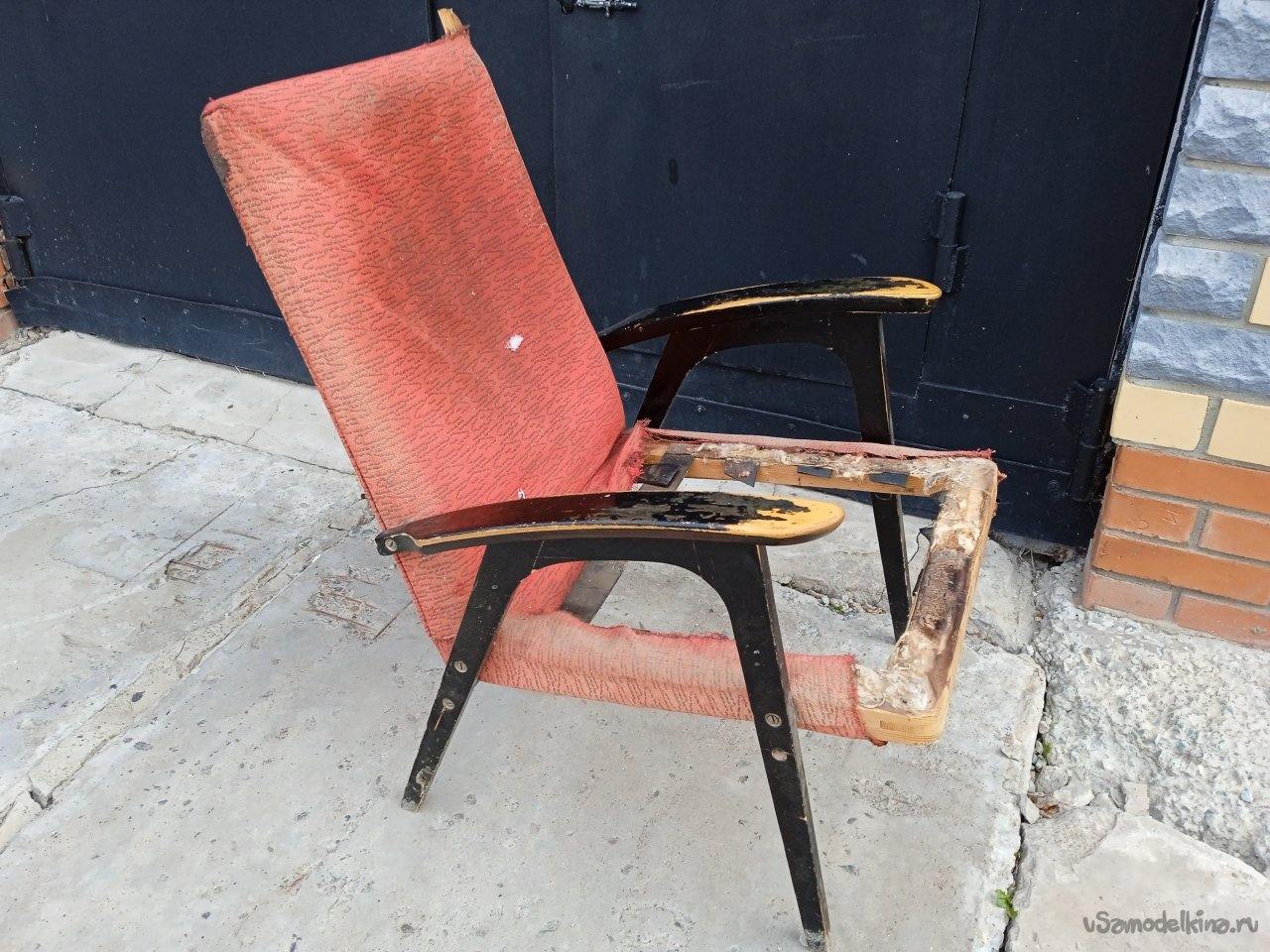Before you decide to throw something out, stop and think—you might be missing out on a hidden gem just waiting for a second chance. That’s exactly what happened with my mother-in-law’s old armchair. It was dusty, worn-out, and had clearly seen better days. For years, it sat forgotten in the corner of her home, and she was ready to toss it to the curb. But something about it caught my eye. Instead of letting it go to waste, I offered to restore it. What started as a forgotten, outdated chair quickly became the centerpiece of her living room. It’s amazing how a little effort, creativity, and elbow grease can completely transform something from trash to treasure.

Furniture made decades ago was built with a different kind of care and durability. Many families still have pieces from the ’70s or ’80s—or even earlier—that have managed to stick around. One type that really stands out is the classic Soviet-era armchair. These chairs were made to be light but strong, with a sleek design that provided both comfort and sturdiness. Even today, you’ll find that older generations hesitate to part with them. The frames are often still rock solid, but the upholstery usually tells a different story—faded, frayed, and outdated. But as I discovered, that doesn’t mean they can’t be saved and turned into something beautiful.
My mother-in-law had two of these chairs. I had already restored one of them, but instead of using it, she kept it in the hallway like a display piece. Meanwhile, she continued using the second, much more worn-out chair to watch TV. I decided enough was enough—it was time to bring the second chair back to life so she could finally enjoy both comfort and style at once. But the restoration process wasn’t exactly easy. Taking the chair apart revealed just how well it had been constructed. The upholstery was glued down tight and held in place with thick steel nails. It was clear that this chair had been built to last not just for years—but for generations.
We removed the seat, which was bolted in with six screws, and pried out the padding. It was secured with three large nails, another reminder of its old-school craftsmanship. To our surprise, the foam cushion inside was still in decent shape. It hadn’t disintegrated at all—it was just a little flat and yellowed from age. Instead of tossing it, we kept the original cushion and added a 4-centimeter layer of fresh foam on top. This kept the structure intact while giving it a much-needed boost in comfort.
Next came the fabric. We picked out an 80 cm by 80 cm piece in a modern, vibrant pattern that instantly breathed new life into the chair. The old black-painted armrests had lost their charm and were covered in smudges and wear. I sanded them down, got rid of the flaws, and gave them a fresh coat of white paint to create a clean, striking contrast with the colorful upholstery. Using the original fabric as a template, we cut the new one and attached it securely using a staple gun. The frame, made from dense hardwood—probably maple—proved strong and dependable, making it well worth the effort.
Reassembling everything went surprisingly smoothly. We swapped out the old nails for three long screws, which not only held everything in place but would also make future maintenance easier. We stretched the fabric tight to avoid any wrinkles and fit the seat back into the frame.
When we presented the finished chair to my mother-in-law, she was stunned. She ran her hands over the new fabric and the white armrests, barely recognizing the piece she had nearly thrown away. Now, both chairs sit proudly in her living room—not as dusty reminders of the past, but as bright, functional showpieces that are used and enjoyed every day. Restoring vintage furniture isn’t just about making something look pretty again. It’s about honoring the past, preserving memories, and creating something new from something old. With the right mindset, a little patience, and a few tools, even the most forgotten piece can become the star of the room.





